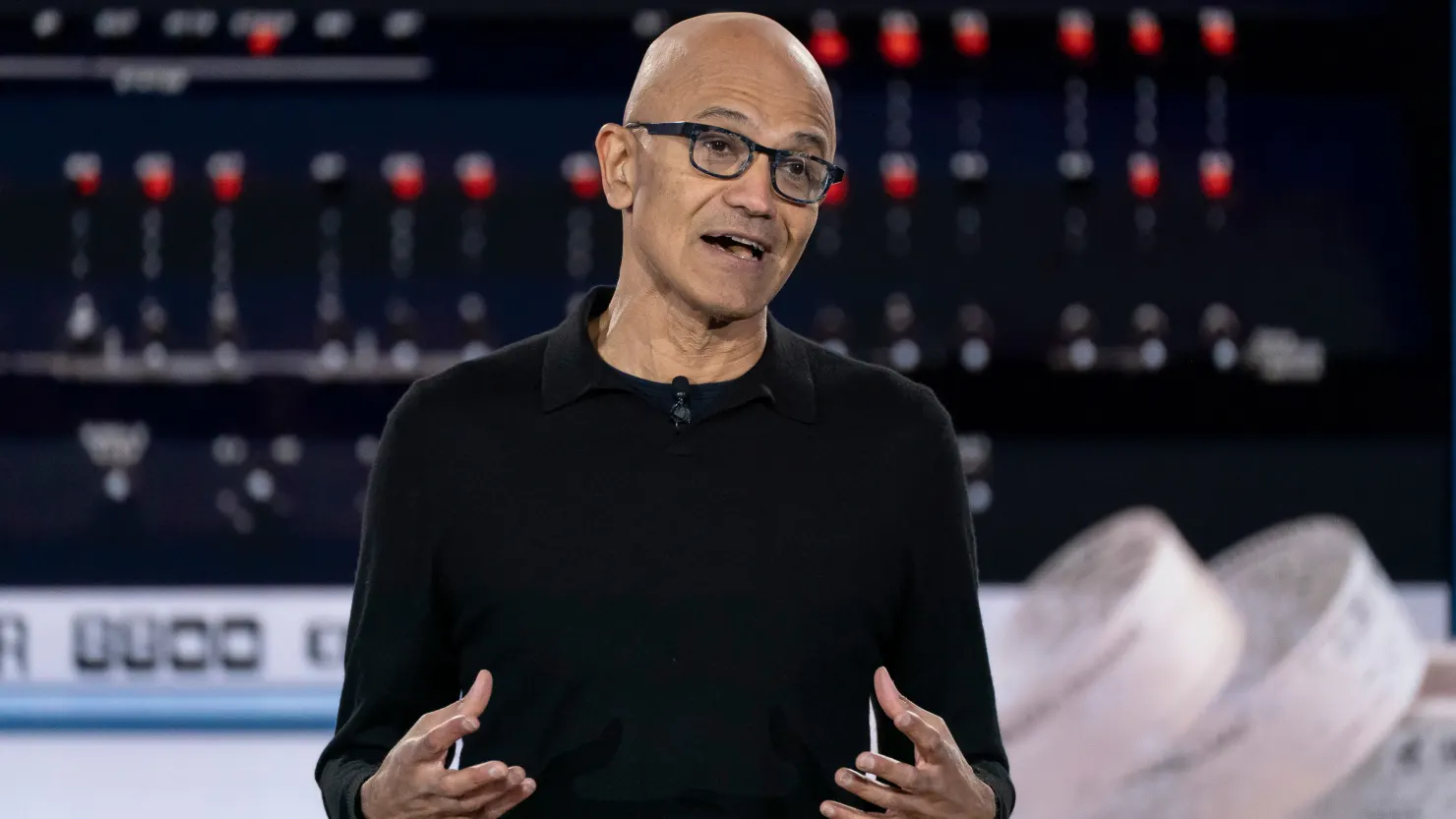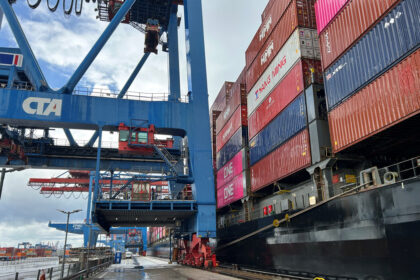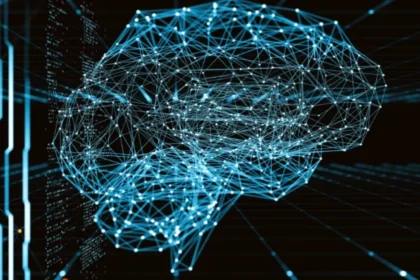At YourDailyAnalysis, we interpret Satya Nadella’s latest remarks not as a routine commitment to expand headcount, but as a signal of a strategic shift in hiring logic. Microsoft is preparing to grow its workforce again, yet the priority is no longer simple scale. Each new hire is expected to deliver more output per role than in the pre-Copilot era. This marks a pivot from headcount expansion to productivity expansion, where AI is embedded into development, sales and cloud operations as a foundational layer rather than a feature.
In fiscal 2025, Microsoft kept its workforce near 228,000 employees following several rounds of optimization, including roughly 9,000 cuts in July. Now the direction is turning: hiring will resume, but alongside a structured reskilling cycle. Nadella describes a year-long process of “unlearning and relearning” for employees adapting to Copilot in Microsoft 365 and GitHub Copilot. We at YourDailyAnalysis see this as a maturity milestone. Microsoft is not merely hiring for AI; it is retooling existing teams through agents and code assistance to lift productivity per engineer and reduce reliance on scarce talent pools.
Behind this shift lie two strategic layers. First, infrastructure. Azure’s accelerating load demands deeper capacity in optical networks, power planning, data-center design, and AI cluster operations. Nadella referenced a leader in fiber networking who, instead of seeking hundreds of rare specialists, deployed AI agents for maintenance. In our view, that example reflects a structural transformation: routine operations migrate to AI systems while human expertise concentrates on reliability, architecture and scale. Second, product. Selling and deploying Copilot across enterprises requires stronger presales, Customer Success and cybersecurity functions. Enterprise AI adoption rises or falls on compliance and data governance readiness.
Microsoft’s balance sheet provides the muscle for this evolution. Its latest earnings delivered double-digit revenue growth and the highest operating margin since the early 2000s. That gives the company freedom to expand headcount and invest in compute infrastructure without compromising profitability. As we analyze at YourDailyAnalysis, this represents disciplined growth: hiring accelerates only where it directly converts into revenue, efficiency and competitive edge.
The competitive context amplifies the contrast. Amazon, racing for cloud leadership in AI, recently cut about 14,000 corporate roles as part of a restructuring around AI priorities. The industry is now reallocating resources: broad operational staff shrinks while hybrid roles at the intersection of AI, infrastructure and enterprise value creation surge. Microsoft bets it can scale without sacrificing revenue per employee, preserving innovation velocity while keeping structural costs in check.
Where the hiring momentum will land. Expect demand for cloud infrastructure engineers, network architects, power and capacity planners, AI cluster reliability experts, compiler and systems library engineers, security and privacy specialists, and enterprise enablement teams. For customers, success will hinge on tying Copilot rollouts to measurable productivity and quality gains. For talent, competitive advantage will come from MLOps in cloud environments, AI-driven automation, distributed systems skills, and energy-aware compute design.
Risks remain: power constraints and data-center limits, competition for niche skills, and tightening regulation around generative AI. This makes internal AI automation not optional but mission-critical: automation becomes the workforce multiplier when talent supply cannot scale fast enough.
The essence of this shift: Microsoft is moving from “hiring more hands” to “multiplying every hand.” If revenue per employee and operating efficiency rise alongside headcount growth, the model proves itself. And if that happens, as we emphasize at Your Daily Analysis, the company’s workforce strategy will mark a new operating standard for corporations entering the AI-first era.















